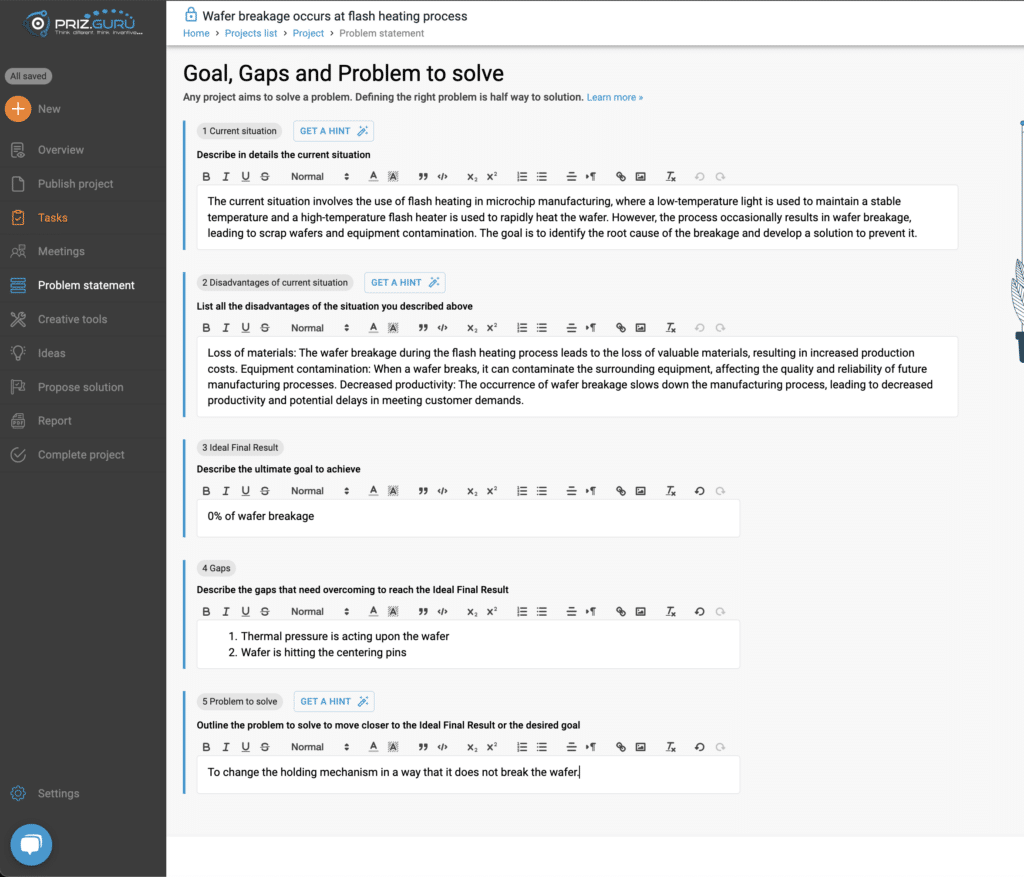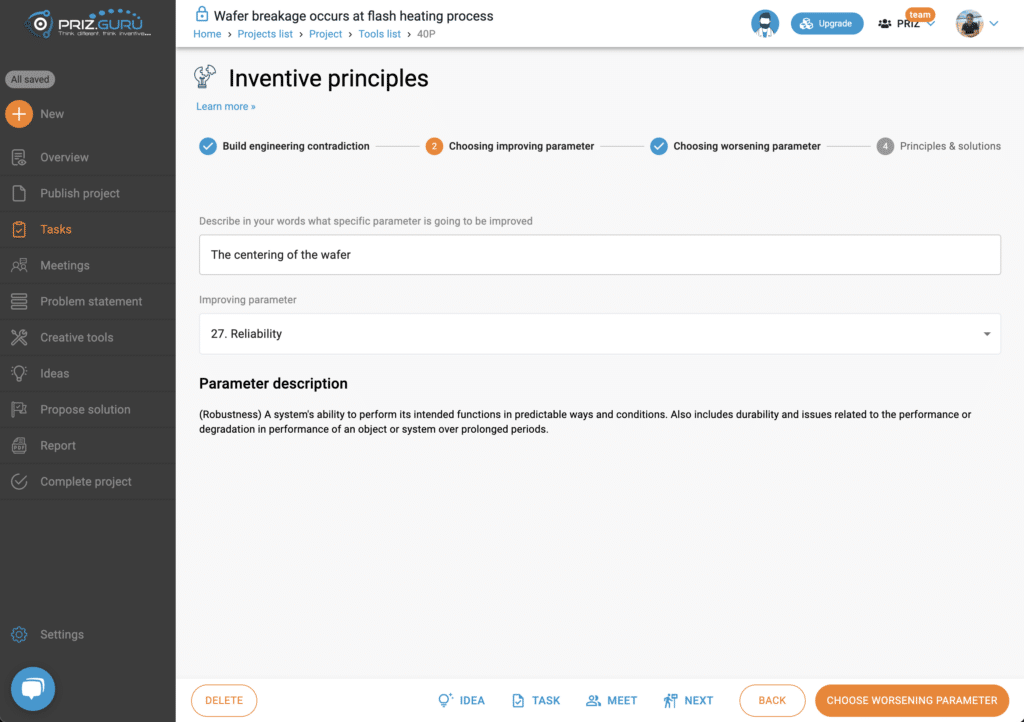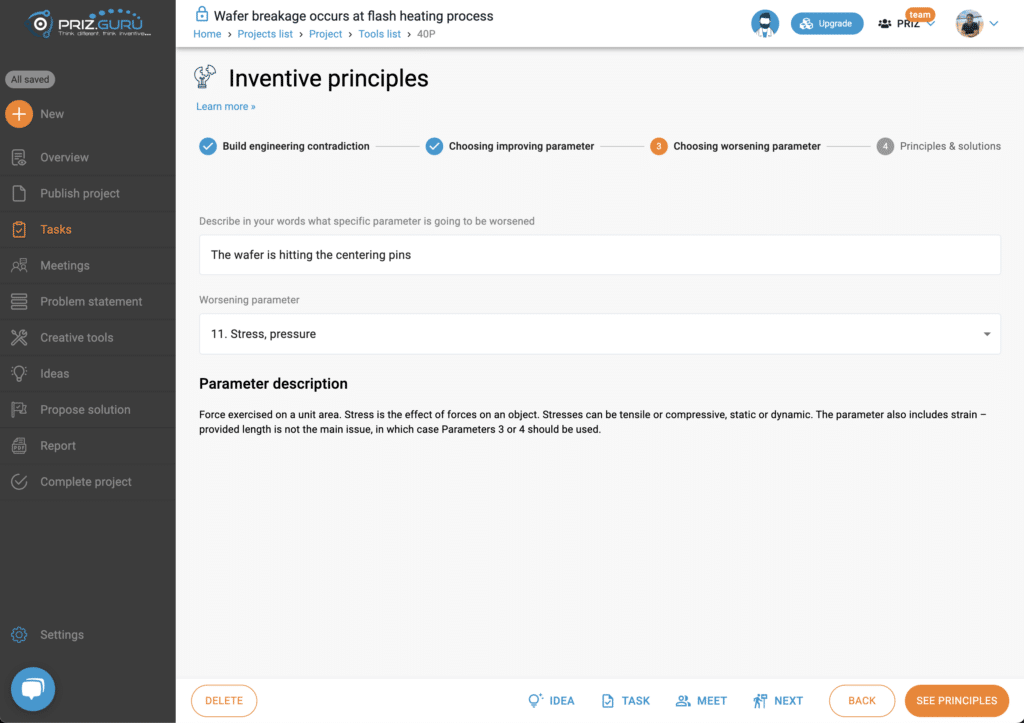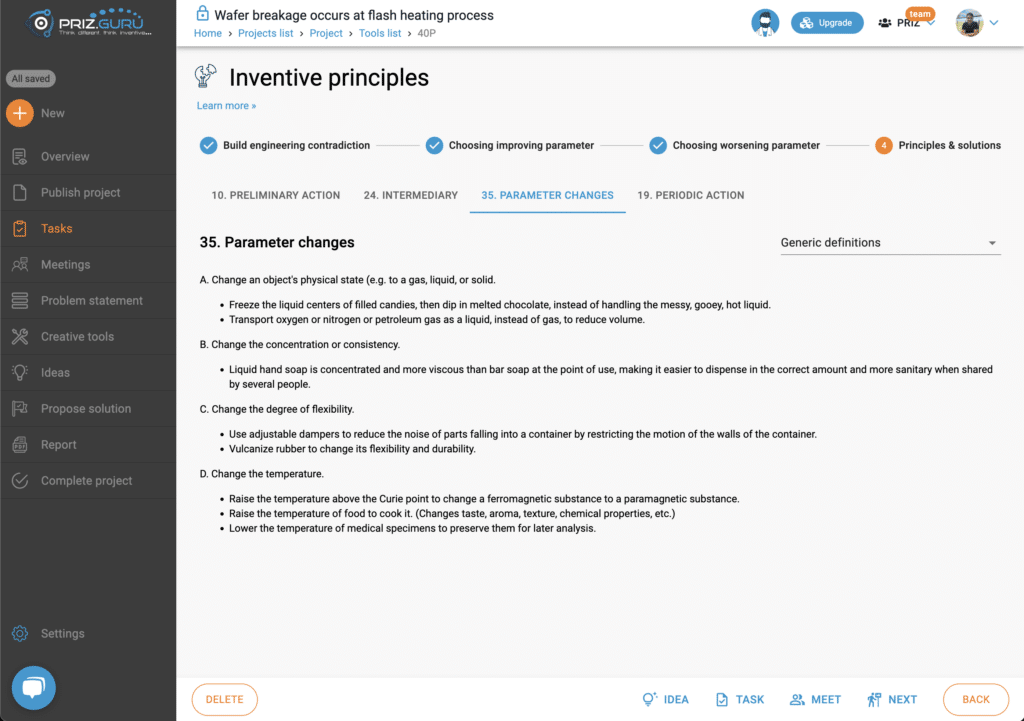Answering the question, “Does everyone want to be profitable?”, depends on the goals set by the CEO and executives of the company regarding the desired outcomes from the systems used by the firm to drive profitability. In most cases, it is up to the managers and their engineers to generate profitability from the existing systems that are integral to the organization’s production of products and services. These products and services are then valued by customers, who pay a cost to the company in exchange for them.

The challenge that engineers and managers face alike is the complexity and complicatedness of the systems that we work with to make profitability happen. The issues we often run into are that we are not trained to solve the complex and complicated system problems we face. As a result, the effort is deemed impossible or we admit to ourselves that we do not possess the skills to address these problems. Many times, managers expect immediate results simply by presenting the problem to their engineers, operating from blind faith that they will be able to solve it without any issues or obstacles.
To overcome these challenges, we often default to using methods like Lean, Six Sigma, Theory of Constraints, or some version of the Toyota Production System. While these methods have their merits, they have their limitations as well. Each method focuses on specific areas, such as reducing waste, reducing variance, or addressing bottlenecks in the process. However, it is important to understand that the effectiveness of these methods ultimately depends on the problem-solving approach and mindset. To achieve the desired level of productivity and profitability in today’s competitive marketplace, we need to evolve our systems to a higher level of functionality while maintaining or reducing costs.
While these methods provide measurements of output, they do not necessarily address the root cause. To truly solve these issues and achieve the desired level of productivity and profitability, we need a systems-based approach to problem-solving. This approach allows us to identify and address the root cause of why a system is not performing as desired.
By understanding and defining the current state of the system, identifying the ideal final result, determining the gaps preventing the system from achieving the ideal result, and using inventive principles or action plans to close those gaps, we can work towards improving system performance and profitability.
First, in order to solve or resolve a problem, it is essential to identify where the problem is occurring. Many firms face the challenge of current IT systems lacking visibility into where and when problems are happening, and failing to provide the reason why these issues occur. To address productivity measurement, it is crucial to evaluate what is happening, how it is happening, and why it is happening, before determining the root cause and finding a solution. Without understanding the “why,” a true solution and performance breakthrough cannot be achieved, leaving organizations with temporary workarounds rather than sustainable solutions.
In today’s complex business environment, effectively managing complexity is necessary to prevent being overwhelmed. Complexity inherently involves trade-offs, compromises, and sacrifices, which we refer to as contradictions. Overcoming these contradictions requires a wise and intelligent approach. Inventive Principles, leveraging scientific effects, and inventive standards provide effective ways to overcome these limitations within systems and achieve higher functionality at a lower cost.
To approach problem-solving from a systems-based perspective, the following steps can be applied:
1. Define the Current State of the System: Identify problems or gaps in the system’s performance.
2. Determine the Ideal Final Result (IFR) of the system: Establish what the system should achieve but currently doesn’t.
3. Identify the factors preventing the system from achieving the Ideal Final Result: Recognize the gaps to the IFR.

4. Identify the contradictions that define the gaps to achieve the IFR.


5. Utilize inventive principles and/or action plans to solve or resolve those gaps.

As you can see from the example that we have here, when you can put causal problems into contradictions, you can then leverage solution-generation tools like Inventive Principles to come up with solutions to otherwise intractable problems. By adopting this approach, individuals and organizations can benefit from a systematic method of problem-solving and achieve improved system performance.